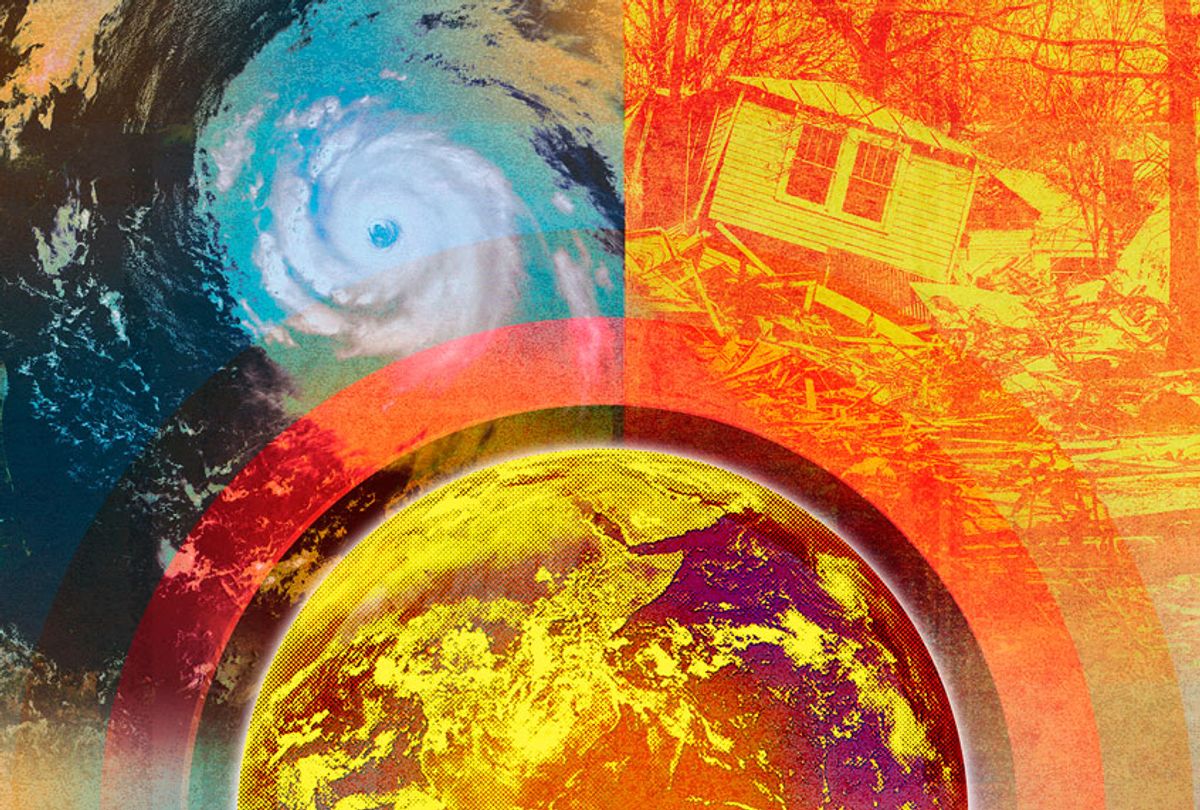If it's feeling unseasonably warm where you live, there's a scientifically alarming reason for it.
According to recent updates from Extreme Temperatures Around The World, a weather specific Twitter account run by extreme weather record tracker Maximiliano Herrera, Earth's poles are currently exhibiting unusually extreme heat with areas of Antarctica more than 70 degrees warmer than average, and parts of the Arctic over 50 degrees warmer than usual.
Related: Climate change is intensifying Earth's water cycle
"They are opposite seasons. You don't see the north and the south (poles) both melting at the same time," Walt Meier, a scientist at the National Snow and Ice Data Center in Boulder, Colorado told The Associated Press Friday night. "It's definitely an unusual occurrence."
As a whole, The Antarctic continent was about 8.6 degrees warmer on Friday than a baseline temperature for this season established between the years 1979 and 2000, according to the University of Maine's Climate Reanalyzer, based on U.S. National Oceanic Atmospheric Administration weather models reported on by Associated Press.
"Not a good sign when you see that sort of thing happen," said University of Wisconsin meteorologist Matthew Lazzara.
Want a daily wrap-up of all the news and commentary Salon has to offer? Subscribe to our morning newsletter, Crash Course.
The poles aren't the only areas undergoing heat anomalies. According to the National Oceanic and Atmospheric Association's spring 2022 outlook, above-average temperatures are predicted for the majority the U.S. from April to June.
"NOAA's Spring Outlook helps build a more weather and climate ready nation by informing local decision makers and emergency managers of this spring's hazardous weather, such as extreme drought," said NOAA Administrator Rick Spinrad, Ph.D. "NOAA's seasonal outlooks provide advanced warning of the conditions to come, enabling communities to make preparations that boost their resilience to these hazards."
"Dry conditions will bring an elevated risk of wildfires across the Southwest and southern Plains and north to the Central Plains, especially when high winds are present," according to the NOAA. "Drought conditions in the Southwest are unlikely to improve until the late summer monsoon rainfall begins."
This unusual heat is something that will be happening globally this spring and summer. The Meteorological Department also predicts severe heat in India between March and May, according to News18. The UK weather forecast is also already warning of significantly higher temps beginning as soon as April.
Read more:



Shares